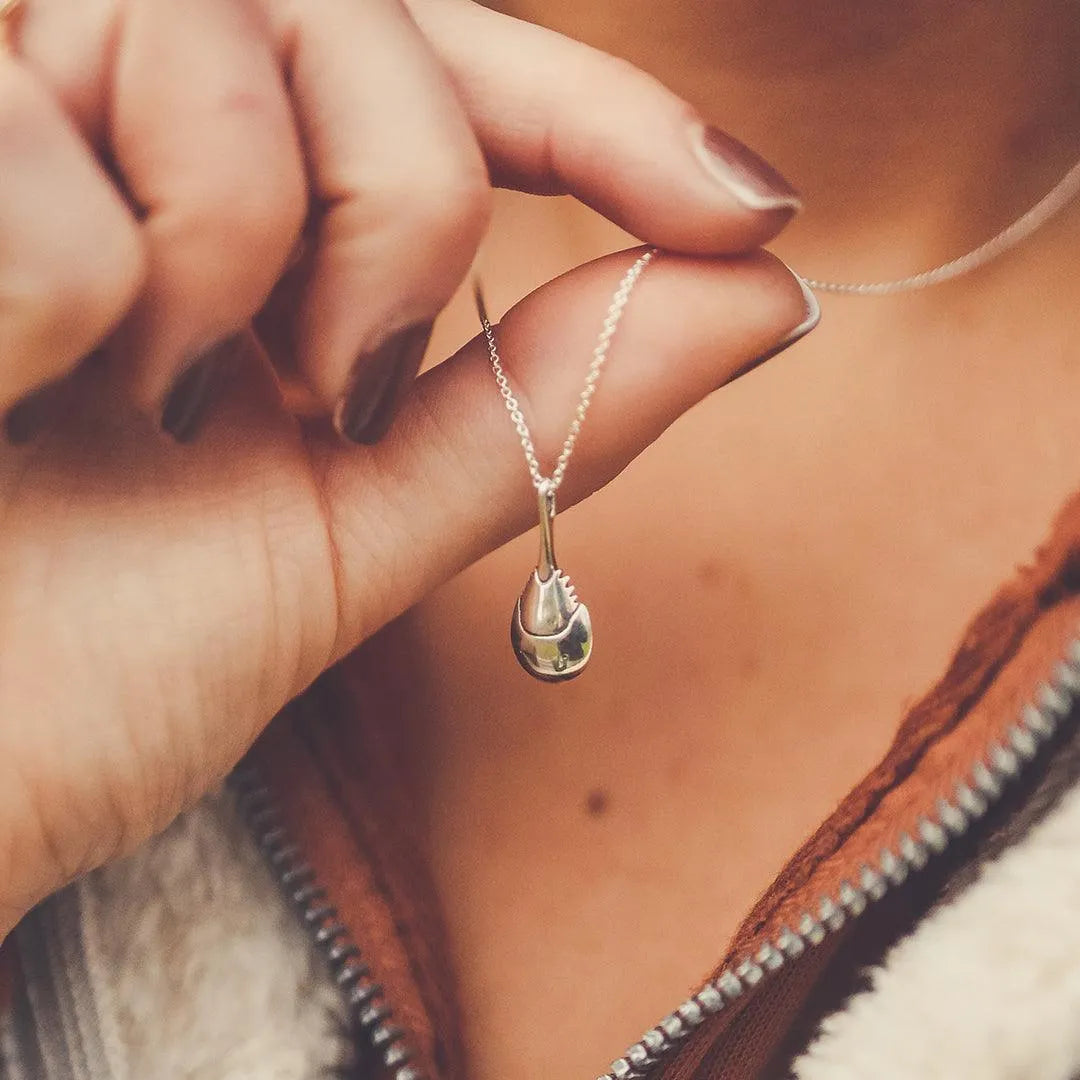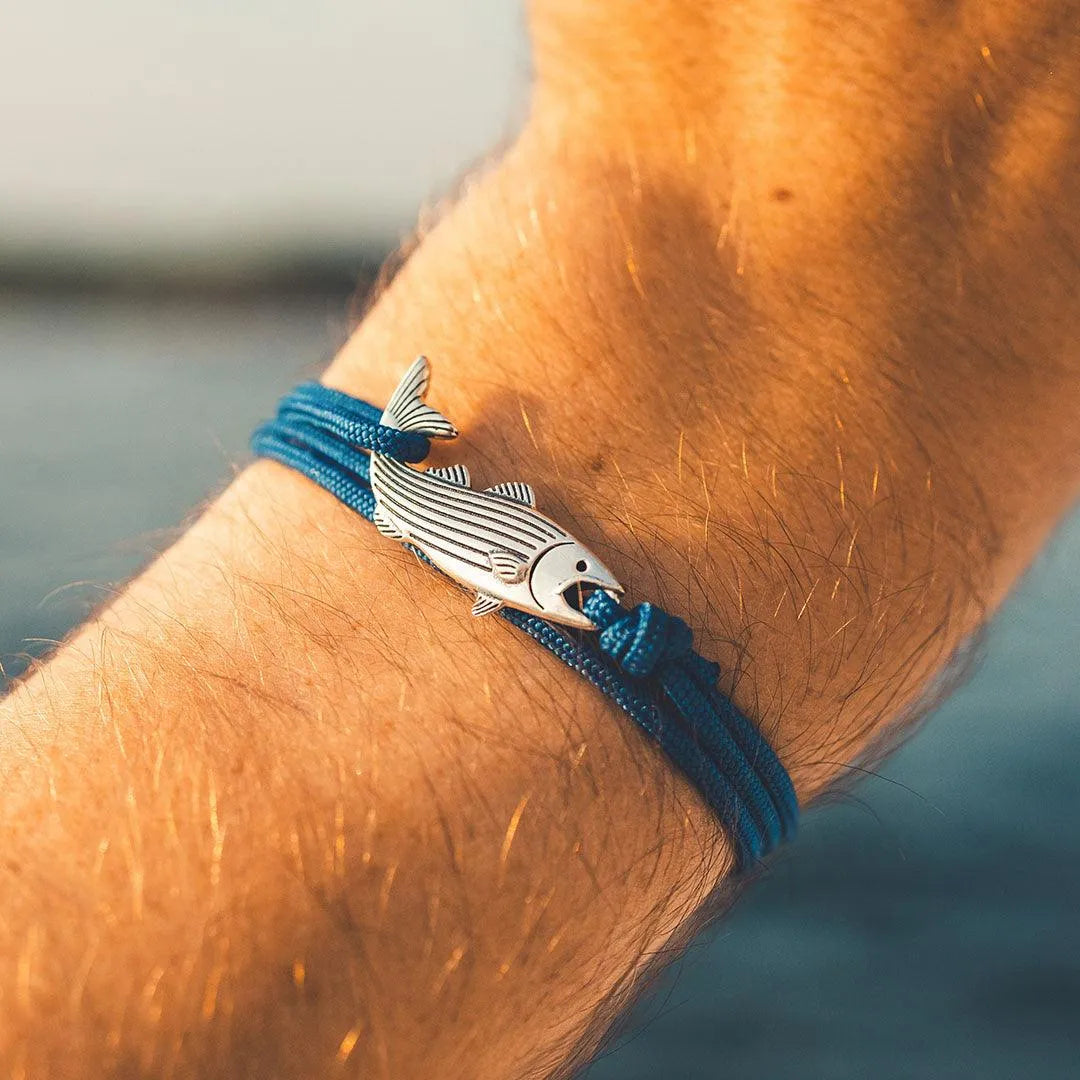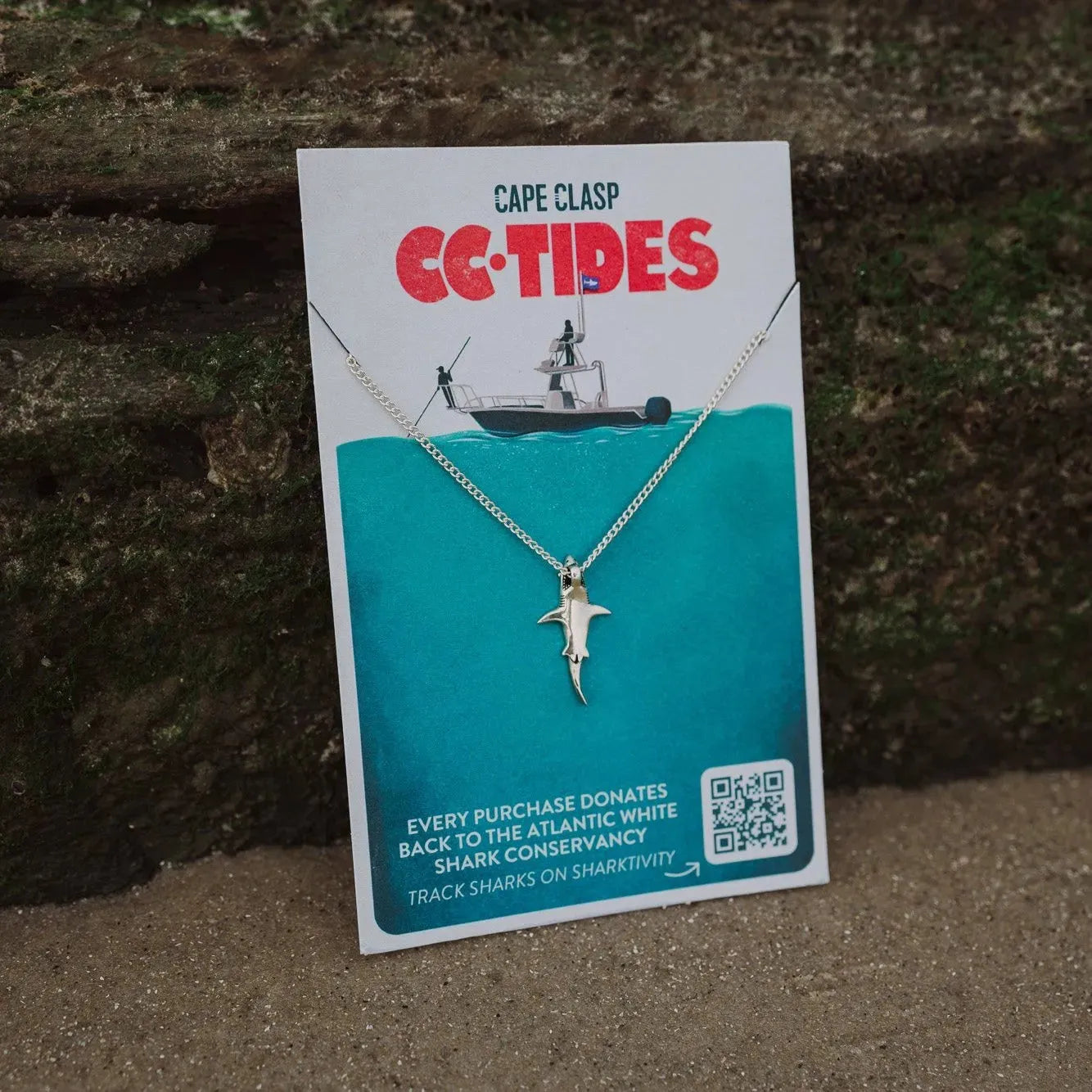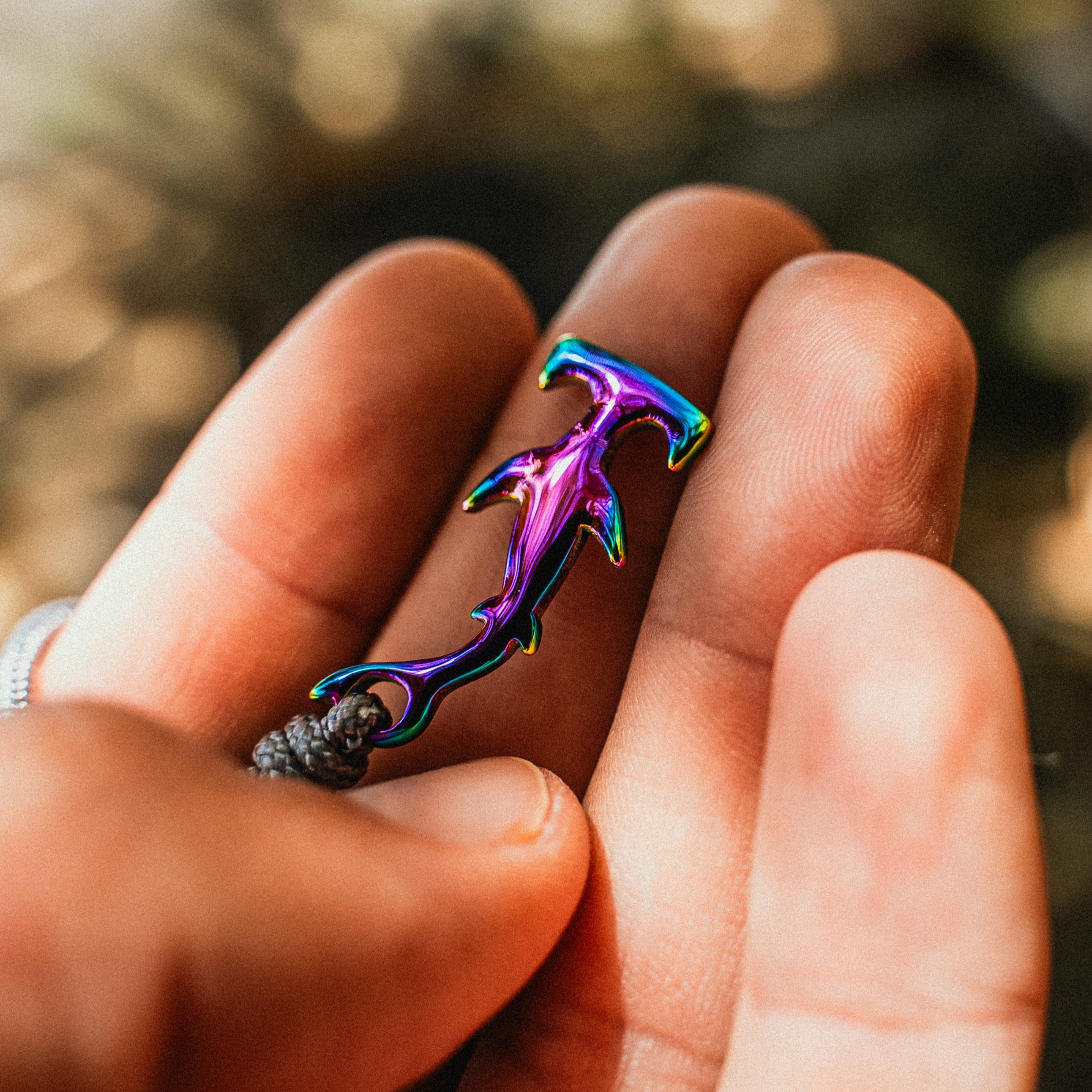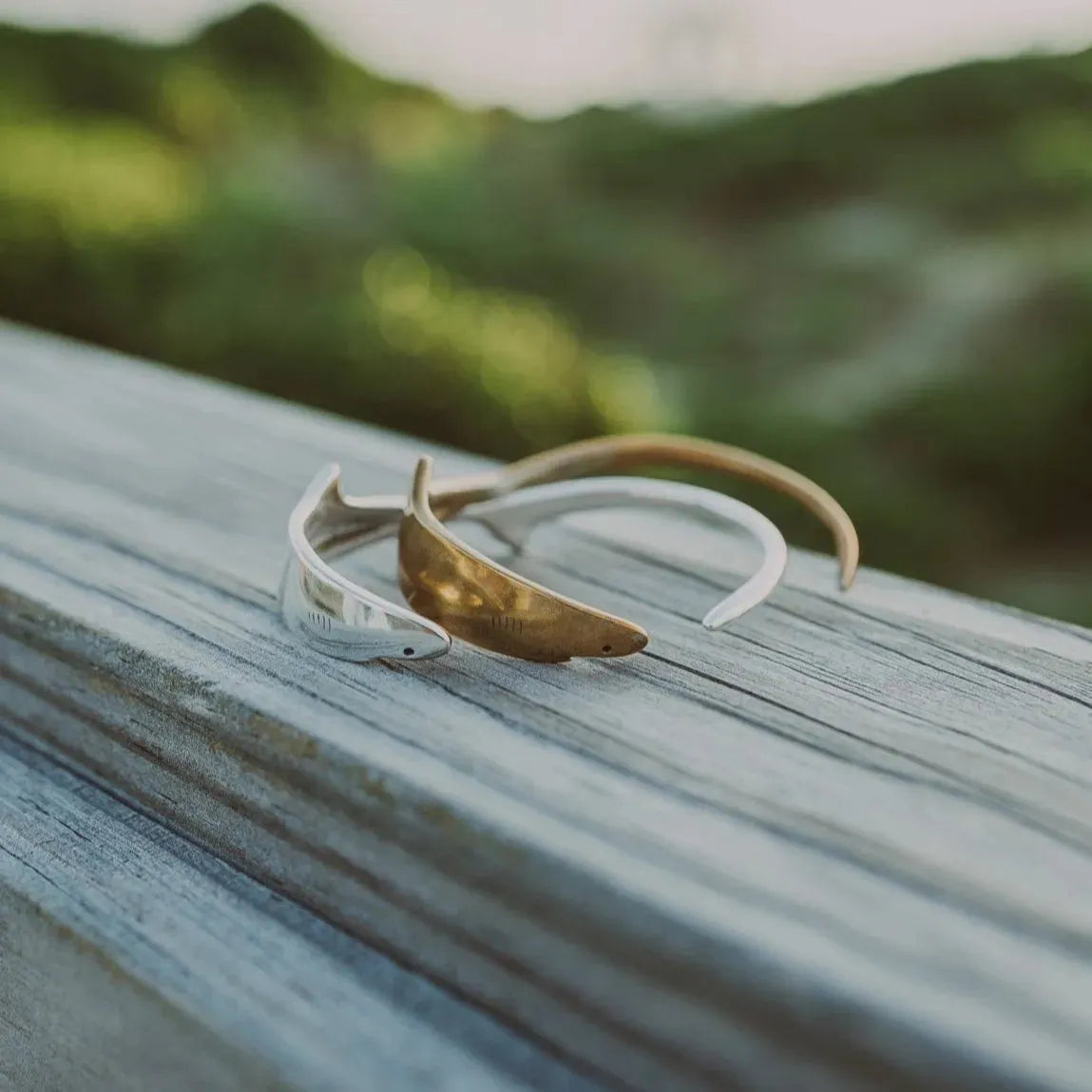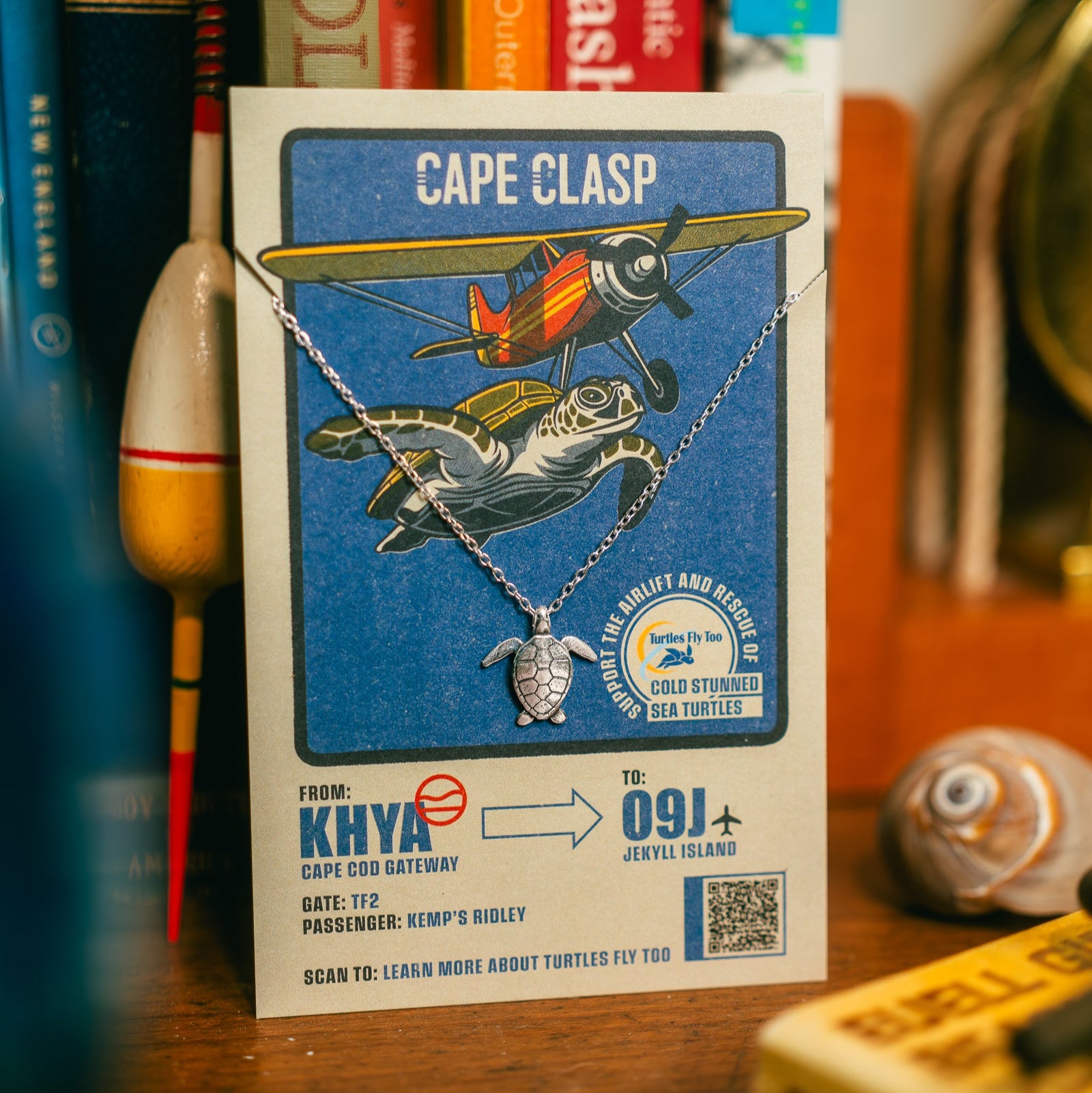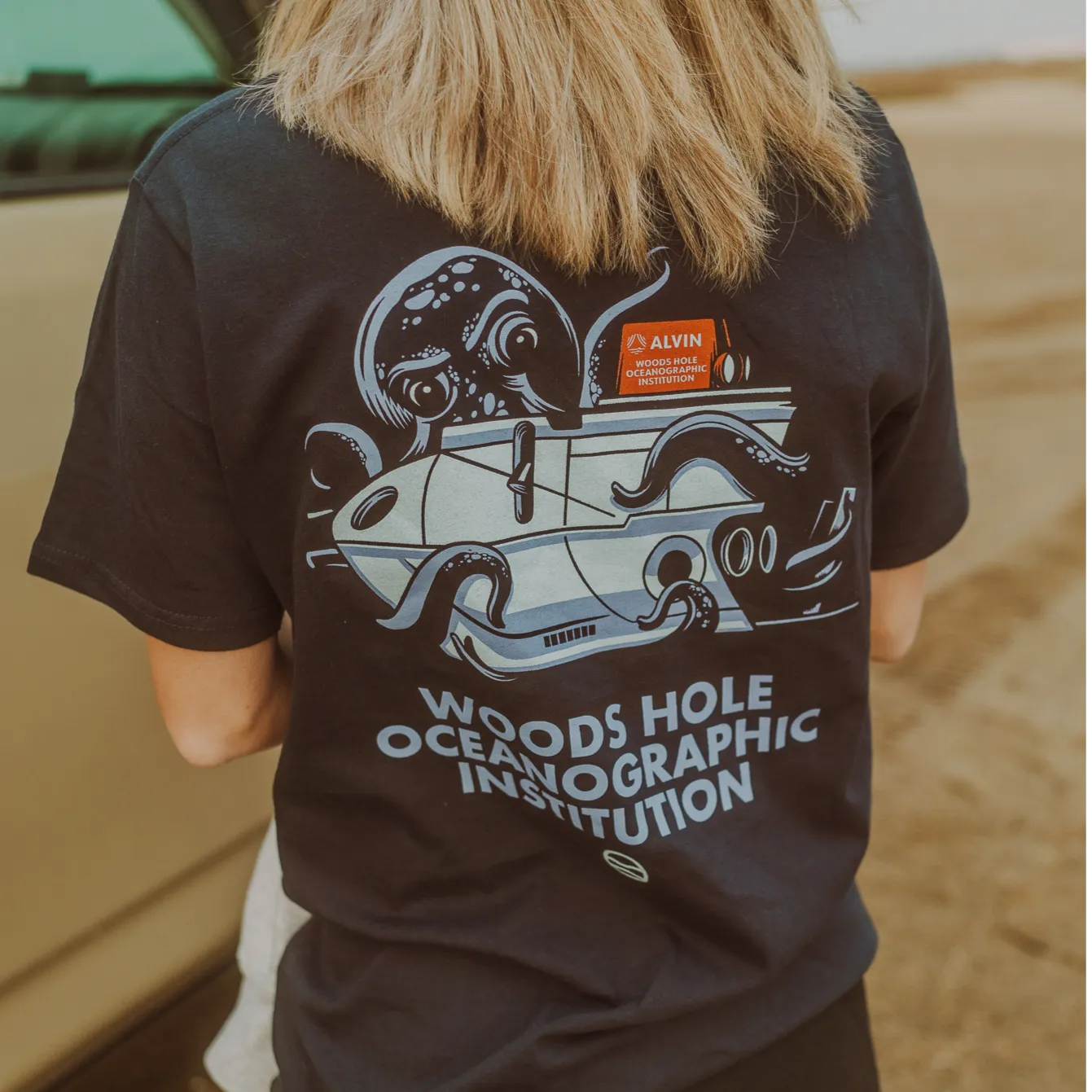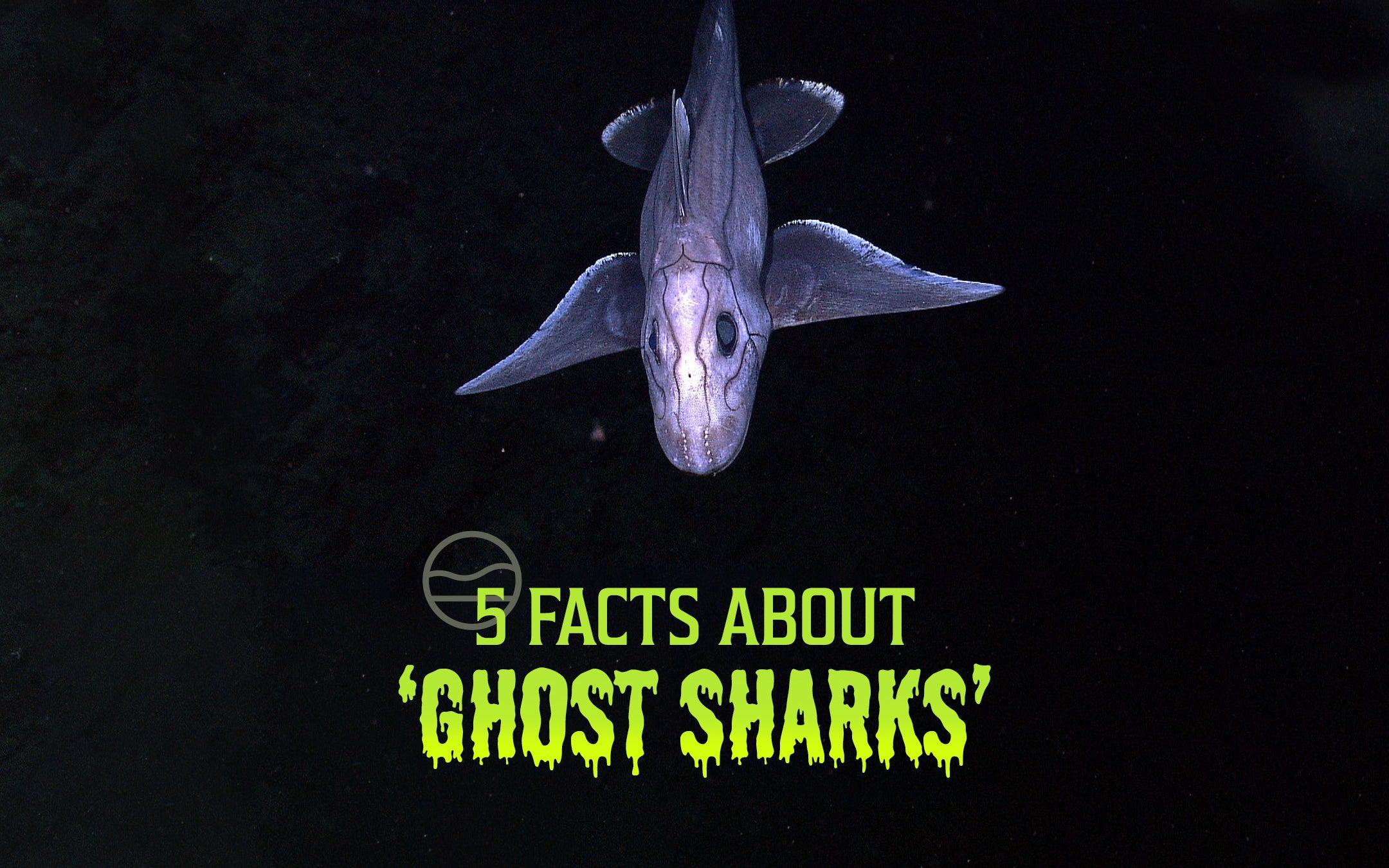
5 Facts about Ghost Sharks
Ghost sharks are fascinating creatures. Neither ghost nor shark they’ve nevertheless captured the imaginations of humans for decades.
Cape Clasp is on a mission to #makewaves for marine life causes, and that includes spreading awareness about our ocean friends! This week, we're focusing on the ghost shark. Here are 5 quick facts about these rad marine animals.
1. They’re not really sharks
Humans are funny about naming some animals, going more on association than physical science. The ghost shark is a great example of this. Though closely related to sharks, ghost sharks don’t actually live up to their name.
So what exactly are they? In scientific terms, the ghost shark is a cartilaginous fish belonging to the subclass Holocephali. Sharks, rays, and skates are examples of other cartilaginous fish. Think of the ghost shark as a close sister of an actual shark with some key differences.
Officially named Chimaera, ghost sharks are also called ratfish, rabbitfish, elephant fish, or spookfish making for one confused marine creature! They’ve also been called Ray Troll’s Chimaera after an Alaskan artist who was fascinated enough by these creatures to claim naming rights.
2. We didn’t know they existed until 2002
The ghost shark is a relatively new addition to the realm of human knowledge. Though discovered in 2002, it’s estimated they’ve been around for between 340 and 360 million years.
Researcher Dominique Didier Dagit was lucky enough to discover this fascinating creature in the deep waters around Australia, New Zealand, and New Caledonia. The first ghost shark on record was a pointy-nosed blue Chimaera that was named Hydrolagus trolli after the aforementioned Alaskan artist.
Today the ghost shark is a source of fascination for millions. It even has its own day! October 30th is officially international ghost shark day.
3. They’re native to the southeastern pacific (but like to venture)
These spooky sea creatures are native to the Southeastern Pacific (they mostly reside around Australia and New Zealand) but have recently been found off the coast of Hawaii and California.
In footage released in 2016, a ghost shark was filmed off the shores of central California and Hawaii. The actual video was taken in 2009 when researchers from the Monterey Bay Aquarium Research Institute sent a remotely operated vehicle (ROV) on several dives. Capturing footage from depths of up to 6,700 feet, the ROV brought back the first footage of a live ghost shark – and so far from home!
Researchers assume this species is the very same one that was first discovered – a pointy-nosed blue Chimaera – but they can’t be entirely sure without capturing the specimen. As a result, this filmed creature was named Hydrolagus cf. trolli.
4. They’re crushers, not shredders
It’s all in the teeth! Unlike true sharks that have rows of replaceable sharp teeth made for shredding and tearing, the ghost shark has mineralized tooth plates. They use these teeth to crush mollusks and worms, making for an interesting diet.
Ghost sharks’ teeth also don’t fall out as true sharks do, instead, they keep growing throughout their life.
5. They prefer the cold
Even though they live in more temperate regions, the ghost shark resides at depths of 400-6,600 feet. At these depths, the water is near freezing making for a particularly chilly home.
Just because they prefer the cold doesn’t mean they need it to survive, however. Scientists have reported some ghost sharks migrating into estuaries and inshore bays during the spring months to mate.
BONUS FACT: Some species are at risk of extinction
There are over 50 known species of ghost shark but some of them are more well off than others.
Scientists from the Shark Specialist Group, a subdivision of the International Union for the Conservation of Nature, recently looked at the extinction risk of all confirmed ghost shark species. Their findings were worrying. They determined that 16 percent of all ghost sharks are threatened or near-threatened.
Ghost sharks are fascinating creatures
Ghost sharks have captured the imagination of humans for decades now. Though ghostly in appearance, they’re not at all spooky in real life. Instead, they’re a source of curiosity and fun!
Now you know a little more about these fascinating creatures.
Looking to show your love of sharks? We have a range of products available to help you do just that. The best part? 15% of proceeds go directly to ocean and marine life non-profits!
For access to news, exclusive coupons, and special offers, sign up for our email list at the bottom of capeclasp.com!
Image by NOAA Ocean Explorer

